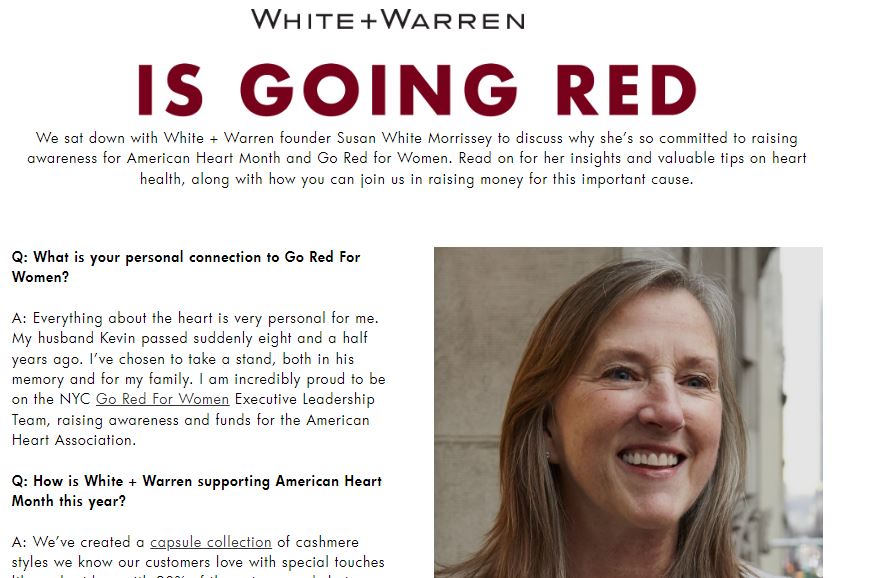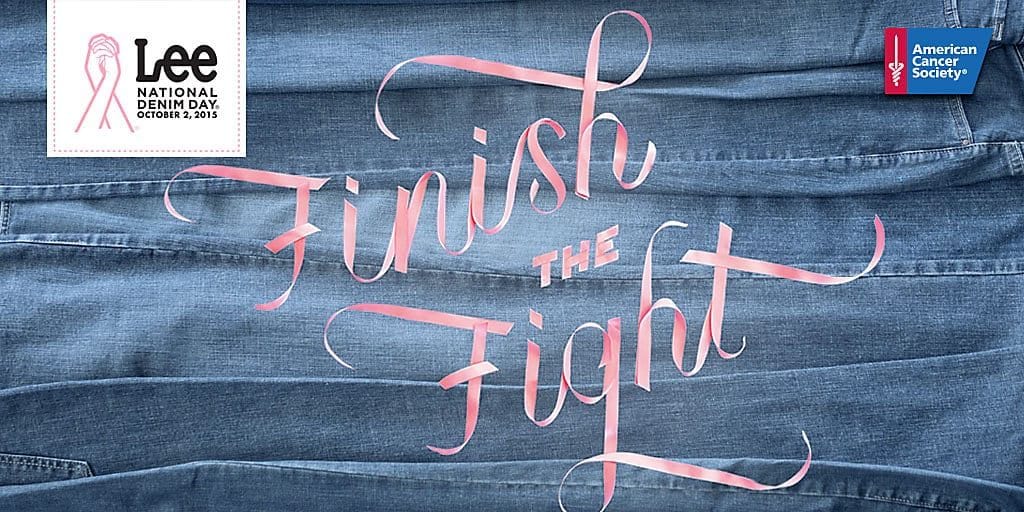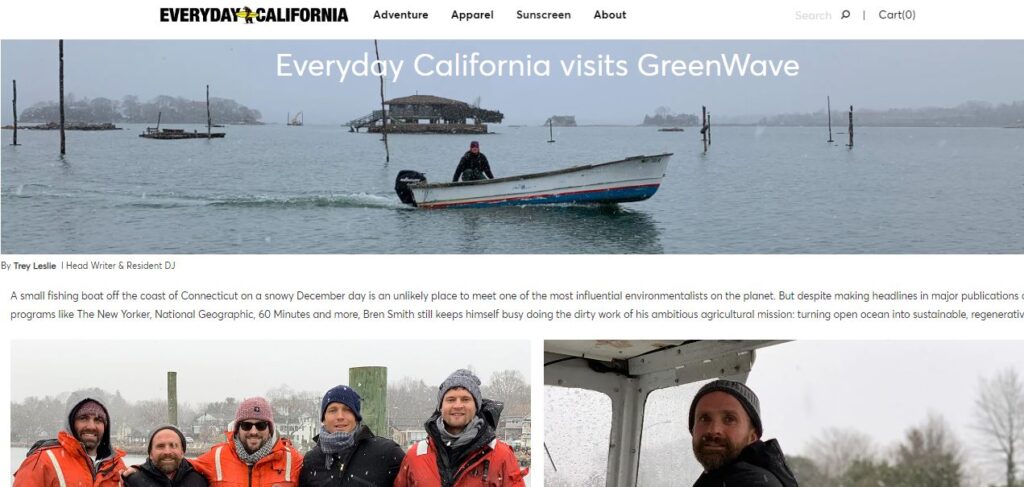Businesses run to make profits. Irrespective of small or big traders, retail store owners or online retailers, all are concerned about revenue and profit.
But we have evolved today, and with our businesses as well. Now it is no longer a one-sided “take” approach. Organizations have started to look in terms of “give“ as well.
Beyond revenue and beyond profit, they have begun giving back to society.
Cause marketing is one such powerful marketing tool that business and nonprofit organizations are now utilizing.
According to the Cone Millennial Cause Study in 2006, 89% of Americans (aged 13 to 25) would switch from one brand to another brand of a comparable product (and price) if the latter brand was associated with a “good cause”.
Page Contents
Definition
“It’s time to do something else with marketing. To make things better. To cause a change, you’d like to see in the world.” —Seth Godin, This is Marketing
That’s where “cause marketing” comes in.
Cause marketing is marketing done by a for-profit business that seeks to both increase profits and a better society in accordance with corporate social responsibility, such as by including activist messages in advertising
What is Cause Marketing?
Cause marketing is also known by the name cause-related marketing.
So, cause marketing is when a company supports a social or charitable cause and gains marketing advantages in return.
An organization can be for-profit or not-for-profit. Both of these relate themselves to a “social cause” and try to raise funds in the due course.
A survey from DoSomething Strategic reveals that 76% of young people have purchased, 53% would consider purchasing, and 23% would buy from a brand/product to show support for the charities they promote.
CSR (Corporate Social Responsibility) and CG (Corporate Giving) are two related terms, yet they are different.
CSR means that the company does what is good for society and for its image as well. CSR can mostly, but not always, go beyond compliance to take part in activities that extend the social cause. This undertaking of high ethical standards reinforces good public relations for that business.
On the other hand, CG means that the company would provide charities and donations to promote a non-profit organization’s cause. CSR has a much wider scope than CG.
Advantages of Cause Marketing
In 1976, a cause marketing campaign was accomplished through a partnership between the hotel giant Marriott Corporation and the March of Dimes.
Marriott’s aim was to generate cost-effective public relations. It was for the opening of their 200-acre family entertainment center in Santa Clara, California.
The March of Dimes’s ambition was to increase fundraising.
They operated simultaneously and had the promotion in 67 cities throughout the western United States. This particular cause marketing campaign helped them raise a remarkable $2.4 million, to become the most successful promotion.
Another benefit is the feel-good factor. When we associate ourselves with something meaningful, a sense of happiness develops within us, because we have done something good, known as a feel-good factor.
Customers have changed these days and are looking beyond the lowest price or the best deal.
The customers who are belief-driven are increasing by the day. This makes cause marketing all the more important in major decision-making processes during the purchase.
Because of this trend, we are now observing an increasing number of retail store owners incorporating cause marketing into their operations.
It is obvious that this approach brings significant benefits. Below are some of them —
Genuine engagement
Cause marketing facilitates companies to have an authentic engagement with their end-users.
According to a recent study, almost three-quarters (72%) of US consumers believe it is “more important than ever” to buy from companies that reflect their values.
So, the companies are actually empowering their customers to pick a charity to support with every purchase they make.
So what it does? It makes it easy for customers to support a cause.
Additionally, it also helps the brand create an emotional connection, and this is where that brand differentiates itself from the competition.
New prospects
Although every person has a unique set of needs and expectations depending on his beliefs, however, a behavior pattern proves that younger generations are more aware of social and environmental issues.
Research shows that 90% of Gen Z believes companies must act to help social and environmental issues, and 75% will research to see if a company is being honest when it takes a stand on issues.
Hence, this way, apart from helping nonprofit organizations cause marketing, also works as a potent tool to attract new customers.
Customer Retention
As we know, trust is fragile in the business world. An IBM study shows that one-third of all consumers will stop buying their preferred products if they lose trust in the brand, while one-third of consumers already stopped purchasing their long-time favorite brands in 2019.
Companies generally prefer to have a long-term relationship with customers, because customers bring business and more business means more sales and profit. When a company spreads awareness about a social cause, then it would help the company find something common and connect with customers.
Now, why are loyal customers important to a company?
One reason is customers don’t want to spend more when they don’t feel loyal to a brand.
The second reason is that keeping a customer is always much cheaper than getting a new one.
Loyalty means having a deeper connection and common beliefs. Cause marketing projects a sense of care in customers. This way, companies can gain customer loyalty, giving them an edge over the competition.
When a brand has something more than just a transactional relationship with customers, then it would increase brand loyalty among customers. The advocates of the cause-marketing say that it attracts more customers and increases brand awareness.
Revenue increase
In addition to the positive effect on customer loyalty and brand image, cause marketing also brings in a substantial impact on revenue growth.
According to a report, around 71% of respondents said they would pay more for a product if they knew some of its proceeds going to charity.
An increasing trend of belief-driven buying has transformed cause marketing into a competitive advantage.
Companies that adopt this approach are noticing two-fold results: increased revenue growth and brand awareness.
Positive impact
The big picture of the cause marketing is to make a positive impact on society.
Contributing to something meaningful will grant the brand to future-proof the retail operation.
In Vietnam, a nutrition retailer used the tagline ‘Every Body Matter.’ It became so famous in the country that one of the big names in non-profit organizations partnered up with the retailer. They wanted to spread awareness about providing Vietnamese supplements to the children in the 3rd world countries to fight against child mortality.
When a business stands up for some social cause, then the probability is high that it would partner with non-profit organizations. Such merging would increase brand awareness and attract more customers.
Disadvantages of Cause Marketing
Some of the major disadvantages of the cause-marketing are as follows;
Improper Decision
Companies frequently make wrong decisions when they associate with non-profit organizations.
The reason is businesses want increased revenue and increased profit. On the other hand, a non-profit organization wants money with no ties.
For-profit and Non-profit organizations have different objectives and goals and often it creates a conflict in the long term.
Costly affair
A brand plans to earn goodwill through cause-marketing. And in order to do so, they have to write a significant amount of money that too, with no leverage.
They do not know whether it’s working for or against. Sometimes it only attracts a small percentage of the target customer market, and occasionally not even that.
Types of Cause Marketing
Cause marketing can take on many forms.
Transactional Campaigns
Consumer action triggers the donation by an organization. That is sharing a message on social media, making a purchase, and the likes.
Non-Transactional Campaigns
A corporate donation to a cause that is not apparent or definite action of the consumer.
Point of Sale Campaigns
An aid solicited by a business at the point of sale but made by the consumer. This means they ask consumers to round up to the nearest dollar of their purchase or donate a dollar when they check out online or in-store.
Message-Focused Campaigns
Business resources are used to share a cause-focused message. For example, a campaign that encourages behavior change. For example, the “don’t text and drive” type of awareness about an important social cause. Another example would be to sign a petition to “save turtles”.
Portion of Purchase
Organizations donate a portion of their sales to a nonprofit or cause.
The Pin-Ups
Primarily used in-house. Here, customers will donate and fill out names on a paper, which will then be hung up in the store.
Buy One Give One
Businesses will give away a product with comparable value to a defined product based on each sale of that product.
Volunteerism
Instead of asking for a donation, firms will ask if customers would like to volunteer their time to a certain cause.
Digital Engagement
Businesses create a “digital experience” using social media to spread awareness and raise funds for the cause.
Examples of Cause Marketing
White + Warren and AHA
White + Warren created a cause-centric campaign for AHA with its capsule collection
The brand White + Warren, famous for Women’s clothing, created a capsule collection of cashmere styles. The customers loved special touches of embroidery.
Importantly, to support the American Heart Association, it donated 20% of net proceeds to “Go Red For Women”, the AHA’s signature women’s initiative.

Lee National Denim Day (1996 to 2016)
A traditional denim brand, Lee made a tremendous impact on women by embracing the breast cancer cause, despite being perceived as a male brand.
It encouraged consumers to organize workplace drives at which employees contributed $5 for the right to wear jeans to work on the first Friday in October.
The response to the first event was overwhelming! The original goal was to raise $1 million, but the event brought $1.4 million.
Since 1996, the program raised over $93 million for breast cancer research and advocacy.

Everyday California and GreenWave
Everyday California supports causes that reflect its brand values
Everyday California is an ocean adventure and lifestyle brand specializing in kayaking, paddle-boarding, surfing, and snorkeling. After opening its first shop, the brand expanded and ventured into apparel and lifestyle products.
Through its partnerships with GreenWave and 1% for the Planet, with the commitment to protecting and preserving nature by donating 1% on every single order placed online.

AMEX
Credit card company American Express launched Small Business Saturday. This was to support small, local businesses back in 2010. By 2012, an estimated 73 million people went out to shop at small outlets, and over 1,000 neighborhoods signed up to support the day in 2013.
By 2014, an estimated 14.3 billion USD was being spent on that single day.

Conclusion
Time and environment today have changed. Customers today say that they would prefer socially responsible companies.
Organizations should understand changing the traditional strategies with the new ones. Today, businesses that care about sustainability and are socially concerned are ruling the roost. Consumers would love to flock to those entities. Cause marketing has the potential to bring that kind of success to the businesses.